Nicotine salt e-liquids have been common now for several years but many vapers, long-time users as well as new converts, still do not really understand what they are. In a group of 10 vapers, it wouldn’t be that unusual to hear 10 different opinions on the pros and cons of switching from standard vape juice to nic salts.
Every major e-liquid brand, as we all as most minor ones, offers nic salt juices nowadays, and many have created entire new ranges based on this relatively new form of nicotine.
But what are nicotine salts? How are they different from regular ‘freebase nicotine’ vape juices? And most importantly, are they safe? We’ve broken down everything you need to know about nicotine salts to help you figure out if they’re right for you.
- Nicotine salts are a combination of a natural nicotine extract and benzoic acid. They were developed by Pax Labs, the makers of JUUL vapes, as a way to make high-concentrate nicotine easier for the body to absorb.
- Nic salts have several potential benefits for vapers. They deliver nicotine to the bloodstream more efficiently, provide a smoother throat hit, and can be used in low-power pod vapes without sacrificing the nicotine hit.
- Current research suggests that using nicotine salts is no more harmful than vaping with freebase nicotine. There are some questions about the safety of heating benzoic acid, but further study will be needed to answer them.
- Adding benzoic acid does not make the nicotine in nic salts any less addictive than in freebase. Nic salts could even be slightly more addictive due to how readily the nicotine is absorbed into the bloodstream.
What is Freebase Nicotine?
Freebase nicotine was the form used in all e-liquids until the introduction of salt nicotine. To properly understand nicotine salt: what it is, why it was developed, and how it differs from standard e-liquid nicotine, it is also important to understand freebase nicotine.
Nicotine in its natural form is not particularly potent. In plants, nicotine exists as salts that don’t vaporize very well and cannot easily move across organic membranes in the lungs. In other words, it is not very bioavailable. To solve this problem, tobacco companies in the 1960s developed the process of “freebasing” nicotine.
Making nicotine freebase is the process of adding ammonia (a “base”) to raw nicotine to de-protonate it (strip out the protons) and free the nicotine molecule, which results in a compound more easily absorbed through the lung membranes. This allowed some tobacco companies, specifically Phillip Morris, to create low-tar and low-nicotine cigarettes that were more satisfying for consumers than those of their competitors.
When e-cigarettes were first being developed, using widely available freebase nicotine in e-liquids was the obvious choice. However, it was soon discovered that adding too much freebase nicotine to vape juice made it taste bitter and was harsh on the throat. This effectively limited the maximum strength of most freebase e-liquids to under 20mg/ml (2%). The answer to this problem, discovered as recently as 2012, was nicotine salts.
What are Nicotine Salts?
Nicotine salt, also known as nic salts or salt nicotine, is a form of chemically altered nicotine that is increasingly used in vape liquids. It is created by taking normal freebase nicotine and combining it with an acid, commonly benzoic acid. This alters the molecular composition of the nicotine, turning it structurally into something closer to its natural, raw plant form.
The first commercially successful nicotine salt e-cigarette product was produced by Pax Labs, the creators of JUUL, in 2015. Although other companies (such as British American Tobacco/VUSE) have stated that nicotine salts were being used in their products in 2012, it was their addition to the wildly popular JUUL pod vapes that brought this new form of nicotine to the attention of most people.
Although it has been suggested that the addition of benzoic acid helps nicotine to be more easily absorbed, some experts argue that this assumed effect is due to being able to take harder, longer puffs on a device containing nic salt liquid because, ironically, the addition of an acid neutralizes the pH level of freebase nicotine to make it less bitter and smoother on the throat.
Because e-liquid manufacturers don’t have to worry so much about the harshness of freebase nicotine, salt nic e-liquids can have a much higher strength. In countries such as the U.S. where nicotine levels in e-liquids are not restricted, it is not unusual to find nic salt vape juice with 30, 40, or even 50mg/ml. These strengths would be almost unusable if freebase were used instead of nicotine salt.
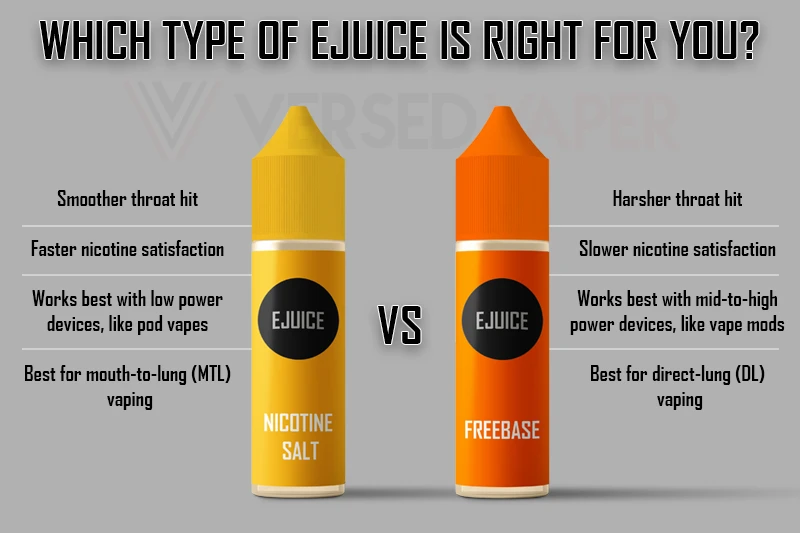
Benefits of Nicotine Salts
Smoother Throat Hit: The main benefit of using a nicotine salt e-liquid, as discussed above, is that provides a smoother throat hit at high strengths. This potentially makes it a good choice for new vapers who often assume they need strong e-liquids for the nicotine hit but find that vaping irritates their throat more than cigarettes.
Stronger/Faster Nicotine Hit: While there is no definitive evidence that nic salt is absorbed more easily than freebase nicotine, many users suggest that the nicotine hit from nic salts is stronger. Not only that, the effects of the nicotine salt are said to be felt more quickly. Again, this could be due to the smoothness of nic salt liquid allowing for longer, harder puffs to be taken.
Low Wattage Required: Salt nicotine liquids appear to vaporize at lower temperatures than freebase liquids. That means it is particularly suitable for use in low-power pod vapes. Nicotine salt liquid is often said to more accurately mimic the feeling of smoking a cigarette, as does using a small MTL pod vape, so the two could be a perfect combination for new vapers looking for a familiar experience.
Less Expensive Way to Vape: Because nicotine salts have a higher concentration of nicotine that is more quickly and more easily absorbed when compared to freebase nicotine vape juices, you’ll use less juice to get satisfied. In turn, you’ll be vaping less and going through less juice — it’s a win-win!
When Nicotine Salts Might Not be the Right Choice
Nicotine salts are not going to be suitable for everyone, depending on personal preferences and how you choose to vape. Some vapers are likely to find that freebase nicotine suits their needs better.
Unsuitable for Direct-Lung Vaping: Nicotine salts e-liquids are typically formulated with a high percentage of PG (propylene glycol) and are best used in low-wattage vapes. As a result, they produce less vapor than high-VG freebase juices. This makes them imperfect for anyone who enjoys Direct-Lung vaping and the larger amount of vapor that goes hand-in-hand with that vaping style.
Incompatible With High-Wattage Devices: High-wattage vaping devices are generally designed for low-nicotine, high-VG freebase e-liquids. If such a device was paired with nic salts liquid, the dose of nicotine delivered would potentially be overwhelming for many users. Nic salts liquids also tend to be less viscous than high-VG freebase, which can lead to leak problems in sub-ohm vape tanks.
Unsatisfying Throat Hit: Many new vapers appreciate the smoother throat hit of nicotine salts, but that doesn’t mean everyone will enjoy it. If you are someone who enjoys the harshness of a strong freebase juice, perhaps feeling that it more closely replicates smoking a strong cigarette, the mildness of nicotine salts might feel unsatisfying.
Are Nicotine Salts Safe?
From all of the information currently available, there is nothing to suggest that nicotine salts are any more harmful than traditional freebase nicotine. The only difference is the addition of benzoic acid, which is generally recognized as safe for ingestion and has very low toxicity (benzoic acid occurs naturally in many foods such as cranberries, prunes, plums, cinnamon, ripe cloves, and most berries).
Even though little research has been done into the effects of inhaling benzoic acid, vaping nicotine salt e-liquids is likely to be a much safer option than smoking cigarettes. Switching to nic salt liquids could even be slightly safer than using freebase because being able to vape higher-strength e-liquid and, therefore, absorb more nicotine with each puff might mean that you don’t vape as much or as often as you did previously.
Are Nicotine Salts More Addictive Than Freebase?
Nicotine is an addictive (and most would say highly addictive) substance, no matter if it is in its freebase or salts form, but the supposition that nicotine salts deliver nicotine quicker and more effectively to the brain makes this a very relevant question.
There is currently no concrete evidence that shows nicotine salts to be more addictive than freebase nicotine, but assuming it is absorbed more easily and that it can be vaped at higher strengths, it is reasonable to suggest that dependence will occur quicker than if using freebase.
However, it is likely not so much a case that nic salt itself is more addictive than freebase, but that users of nic salts e-liquid are more likely to ingest more nicotine (due to the high strength and bigger puffs) than a user of freebase e-liquid.



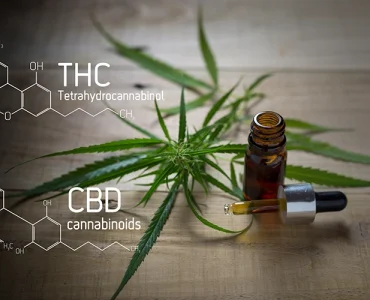
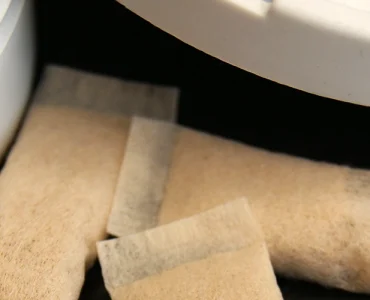

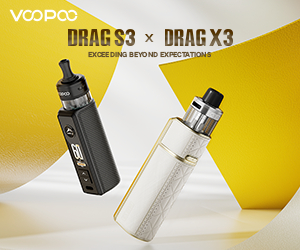
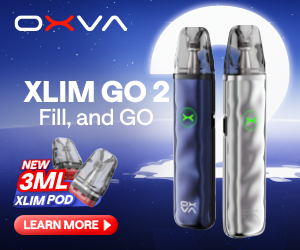
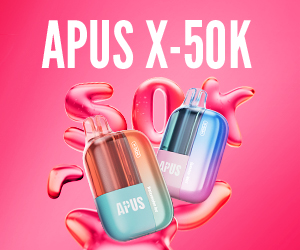

Add comment